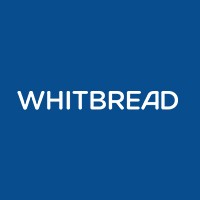
Club Med
Since it was founded in 1950 and it created the all-inclusive vacation concept, Club Med has been the world leader on its market, and has developed a resolutely upscale, friendly and multicultural spirit. Club Med boasts 70 resorts located in the most beautiful sites in the world, a cruise ship and Luxury Villas & Chalets and, now more than ever, is associated with dreams and happiness. There are 20,000 Gentle Organizers (G.Os) and Gentle Employees (G.Es) at Club Med, who work in the villages, but also at the Paris, Lyon, Singapore, Shanghai, Rio de Janeiro and Miami headquarters, in the sales offices situated in dozens of countries and in travel agencies.






